New minister Lightbound plans to tap AI to help to fix procurement, government efficiency woes
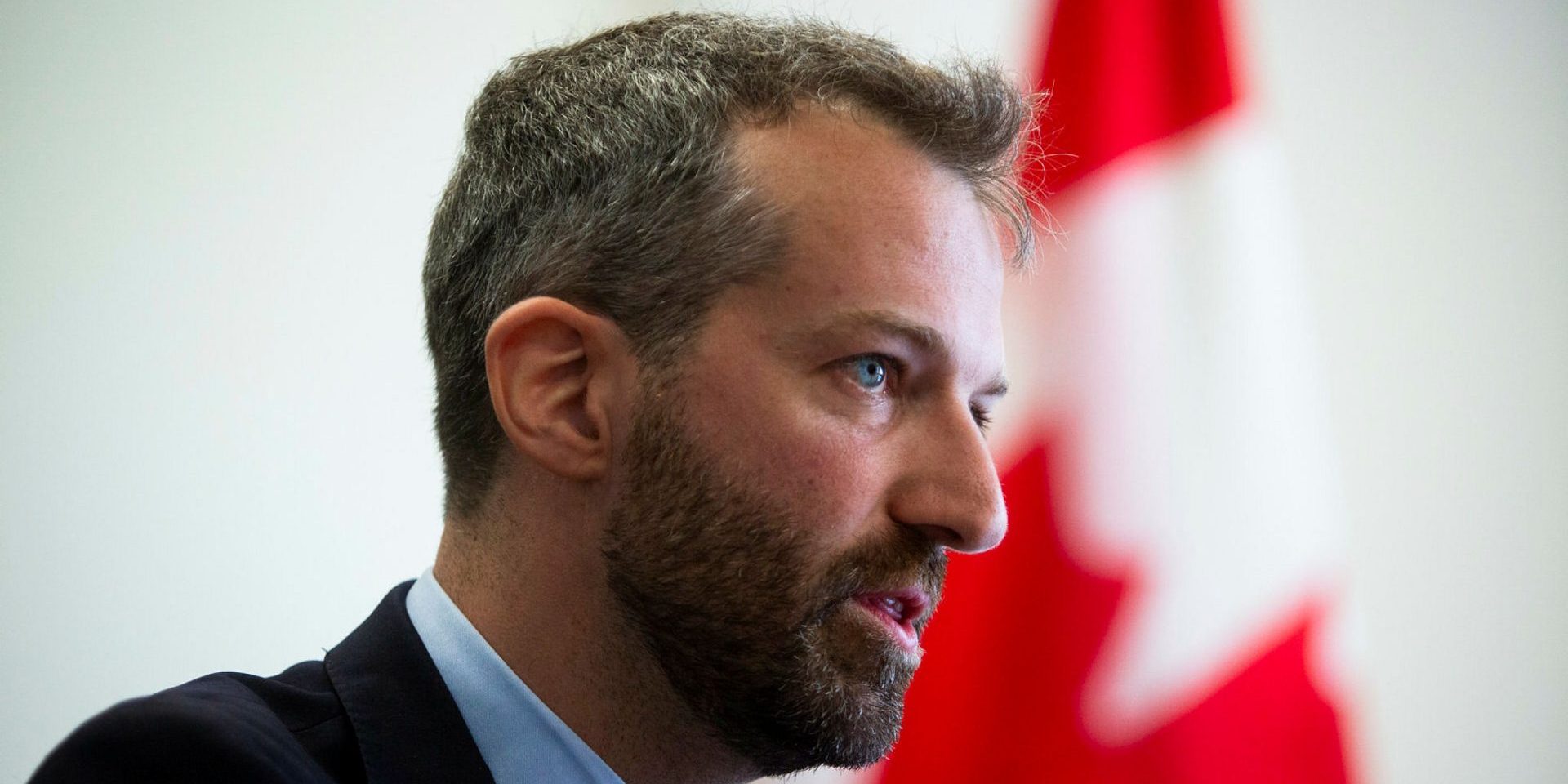
With federal procurement controversies featuring eye-watering amounts of public money a regular fixture in headlines, new Government Transformation and Public Works and Procurement Minister Joël Lightbound is looking to enhance government procurement and oversight with the help of of artificial intelligence.
“There have been some instances where things didn’t go the way they should have. There is no denying that,” Lightbound (Louis-Hébert, Que.) told The Hill Times, speaking to the effect procurement controversies have had on public trust and supplier confidence.
“But on the whole, our procurement system and its integrity is very good,” he said.
Now tasked with fixing the gaps, Lightbound said his priorities include streamlining the procurement process, reducing reliance on consultants, building in-house expertise within the public service, and using AI to drive modernization and boost efficiency—all while enforcing existing rules.
“How I see my mandate at this stage—and it’s been one month, so I’ve survived one month—is really to look across departments [and see] what’s being done that works using new technology,” Lightbound said in a June 16 interview with The Hill Times.
“So it’s looking at ways to empower our public service to, deliver better results, gain efficiency. That really is my focus right now. The ultimate goal is better service for Canadians, a more efficient public service.”
The minister has already taken the political heat for federal procurement with opposition MPs ramping up attacks in Question Period over the auditor general’s new findings concerning the ArriveCan contractors.
“Will the Liberals support our motion to get Canadians’ money back from these scammers or will they keep robbing Canadians to pay their friends?” asked Conservative MP Michelle Rempel Garner (Calgary Nose Hill, Alta.)
“We will never tolerate misconduct from our suppliers or their subcontractors. We have taken legal action against GC Strategies,” Lightbound responded.
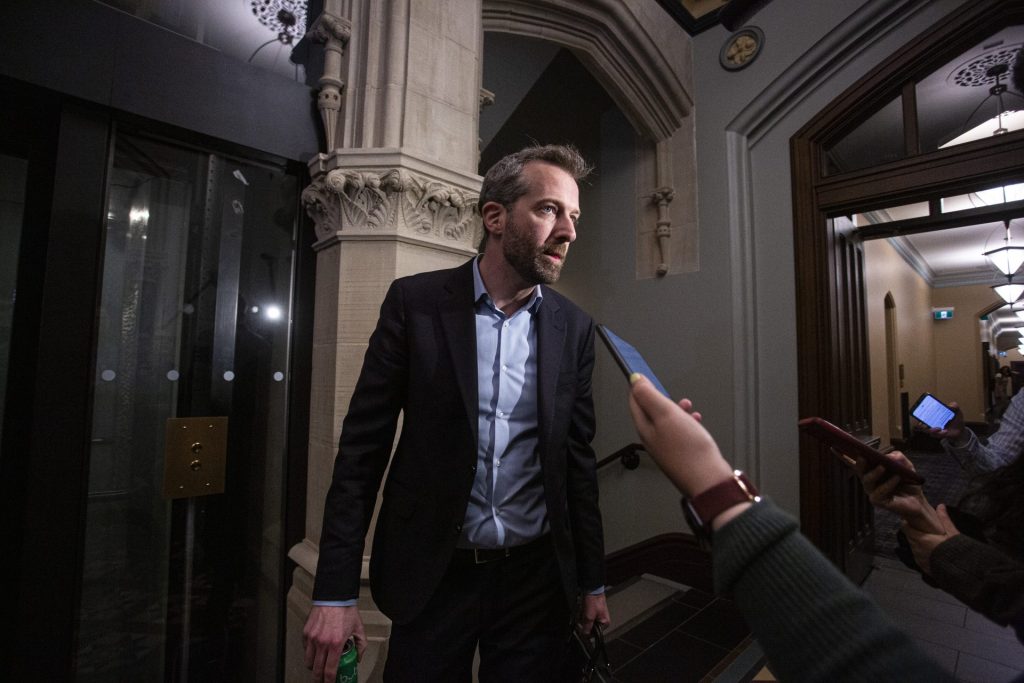
First elected in 2015, Lightbound, 37, was elevated to the front bench in Prime Minister Mark Carney’s (Nepean, Ont.) May 13 cabinet shuffle. He previously served as a parliamentary secretary to past health, finance, and public safety ministers. A lawyer by training, Lightbound vice‑chaired the House Access to Information, Privacy and Ethics Committee between 2016 and 2017, and sat on various House committees including those studying finance, public safety, official languages.
He made headlines in February 2022 when he publicly criticized then-prime minister Justin Trudeau for politicizing pandemic measures, and accused the government of “wedging, dividing and stigmatizing” Canadians during the so-called Freedom Convoy protests. He argued that those with “legitimate concerns” about the COVID-19 policies should not be dismissed.
Government transformation top of mind for new minister
Carney has pledged to be transformative in a number of ways, pushing to reshape not only the economy as Canada navigates its changing relationship with the United States, but also the federal public service.
“Government transformation comes first in many ways,” Lightbound said, noting that he spent his first weeks in office looking at uses of technology and AI across government departments.
“A lot can be done and will be done using AI—and a lot is already being done. There are many opportunities that I see,” he said, framing AI as foundational to government efficiency, as well as a tool to streamline federal procurement, enhance oversight of process, contracts and vendors, and lighten the workload of public servants.
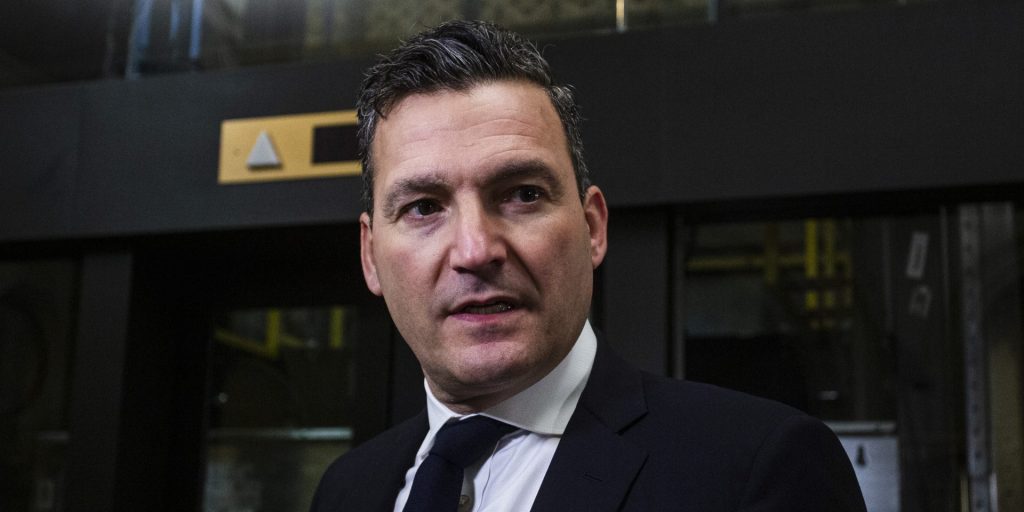
Lightbound said he has been working closely with Artificial Intelligence and Digital Innovation Minister Evan Solomon (Toronto Centre, Ont.), as well as Treasury Board President Shafqat Ali (Brampton–Chinguacousy Park, Ont.) as part of his government transformation role, which he said involves modernization of technologies and best practices used across departments.
Lightbound argued that adopting new technologies is “precisely one way to achieve [efficiency] without increasing the size of our public service.” He referred to access-to-information requests as an example of time-consuming work that could be streamlined to help public servants allocate time and resources to more-complex tasks.
The minister pointed to AgPal, a chatbot that helps farmers find provincial and federal funding programs; and JustTranslate, an AI tool used by the Justice Department to translate legal documents, as good examples of technology use. He also highlighted Shared Services Canada’s Centre for Excellence on AI as a hub for growing internal talent and reducing long-term dependency on the private sector in the long term.
The procurement minister said he is also working closely with the new Defence Minister David McGuinty (Ottawa South, Ont.) and Secretary of State for Defence Procurement Stephen Fuhr (Kelowna, B.C.) on early-stage plans for a federal Defence Procurement Agency.
Ryan Grant, an assistant professor of electrical and computer engineering at Queen’s University, says AI can be especially useful in accelerating the early stages of the procurement process such as filling out forms or submitting a request for information, handling 80 to 90 per cent of the work before a human needs to step in.
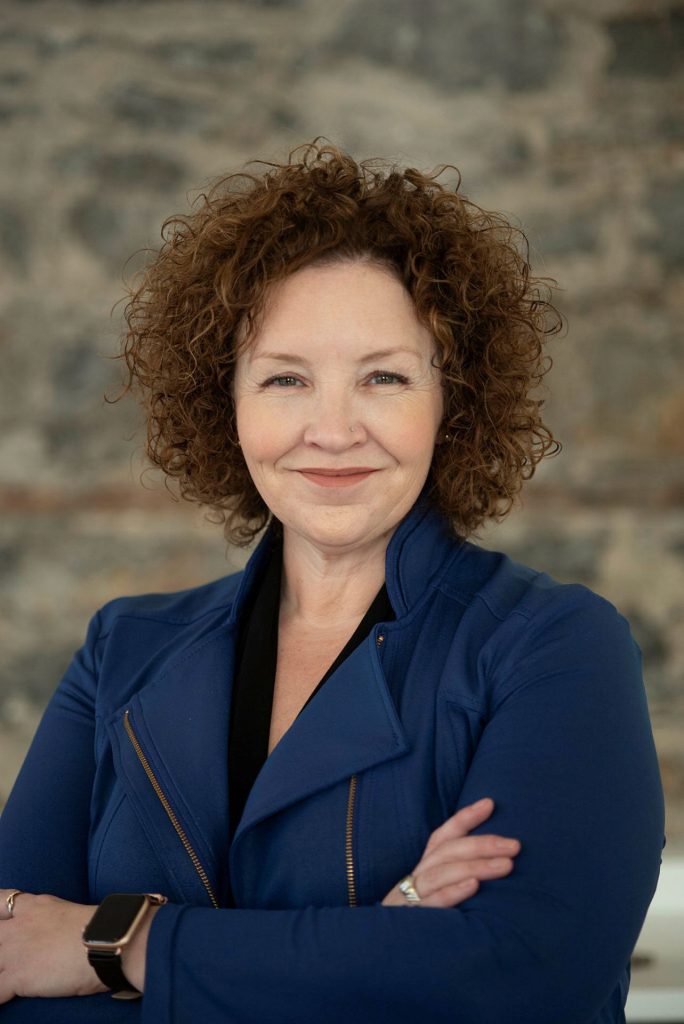
“You still have to do the work to dig into the application to the information itself, but you can get a general overview very, very quickly by running [information] through AI, and that lets you think more strategically, immediately accelerate that procurement process, and narrow in on things that warrant more investigation,” Grant said.
Grant explained that with a well-targeted AI that has been fed some organizational data, the government can easily increase the productivity of a person who’d otherwise be doing paperwork three- to 10-fold.
Kelly Hutchinson, a digital government and procurement strategist at Ottawa’s Compass Rose Group, said the addition of “government transformation” to the procurement minister’s title is good news.
“The fact that we’re trying to drive enterprise-wide transformation to improve how we’re operating is phenomenal,” she said. “Hallelujah.”
Hutchinson echoed that AI could significantly boost productivity in federal procurement as well as help fix some of those existing issues. But the government must ensure public servants have the training and skills to use AI effectively for rudimentary administrative tasks. Still, she cautioned, “you always have to have a human in the loop to ensure that it’s verified.”
“AI not only has the ability to help us get off legacy platforms and move into more modern platforms, but it also gives us the ability to avoid vendor lock-in, and be agile with what platforms we end up having to move to, depending on what the geopolitics are,” Hutchinson said.
Hutchinson said the use of AI could be applied to the government’s contractor and supplier database, help mitigate the risk of fraudulent contractors, and catch instances like five contractors billing every single day for different contracts. She said additional measures like giving each supplier their own unique credential would minimize the impact of fraudulent cases.
She also said Public Services and Procurement Canada (PSPC) needs to keep its AI source list up to date to mitigate the risk of suppliers not keeping up with the pace of technologies like generative AI. She added that both PSPC and the Treasury Board play key roles in procurement, with the Treasury Board now requiring an AI impact assessment to guide responsible implementation.
Federal watchdog ‘encouraged’ by early signs
Federal Procurement Ombud Alexander Jeglic told The Hill Times he has met with Lightbound and Fuhr, and is “encouraged to see that federal procurement is a clear priority for this new government.”
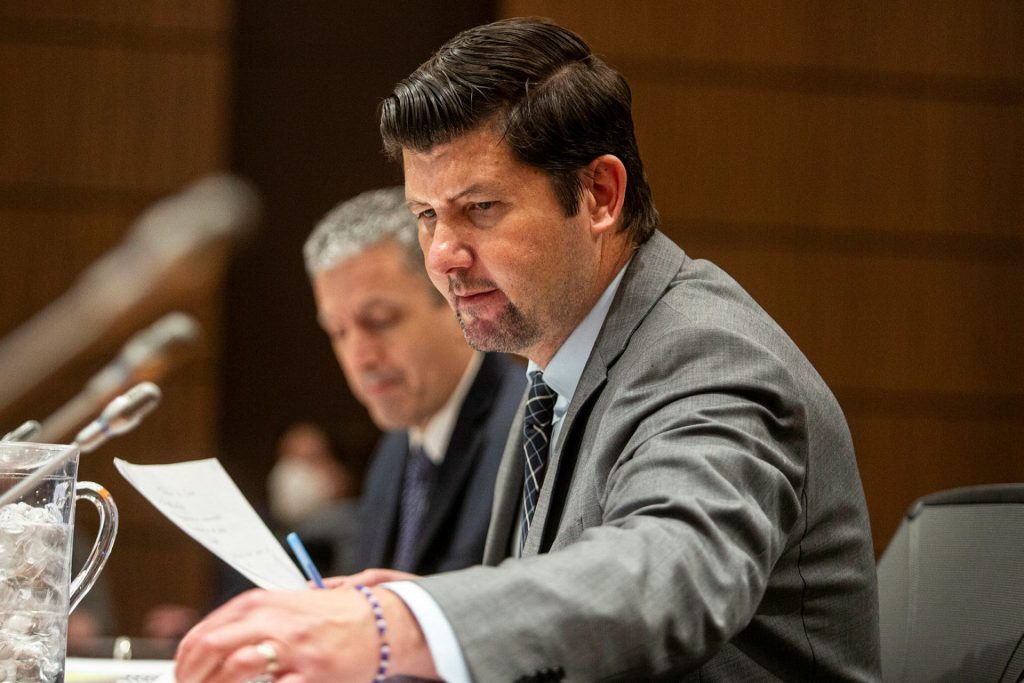
Jeglic is set to release a report in July outlining proposed changes to address long-standing issues in federal procurement. His recommendations are expected to include establishing a chief procurement officer—an idea for which he has long advocated—along with creating a government-wide vendor performance system, and expanding the use of AI in procurement.
“These solutions have been developed in consultations with procurement experts, and are intended to help chart a clear path forward for meaningful reform,” he said.
Canada’s federal procurement system has been long criticized for its heavy reliance on outside consultants and contractors. In 2023–24, Ottawa spent a record $20.7-billion on outsourcing, and reports show that IT contractors cost at least 22 per cent more than in‑house staff. Critics have repeatedly said that outsourcing professional services leads to higher costs in government projects, reduced transparency, and a loss of institutional knowledge within the public service.
When asked how he plans to address the government’s heavy reliance on external contractors—especially given Carney’s pledge to cap the size of the public service—Lightbound explained that the solution lies in building the capacity of public service, and reducing long-term dependency on consultants.
“There is—and will still be—a need for external consultants,” he said. “[Our goal is] meeting the exact needs of the government, and making sure those needs are clear. [And] to reduce that need and build in-house expertise.”
Procurement rules and roles needs to be ‘very clear‘
PSPC is the central purchaser for the federal government managing approximately $37-billion every year on behalf of federal departments and agencies. Over the last couple of years, the department has faced increased criticism due to a series of contracting controversies, political scrutiny, committee showdowns, scathing watchdog reports, a historic admonishment of a contractor, and multiple RCMP investigations.
When asked what the department is doing to address longstanding procurement failures flagged in Auditor General Karen Hogan’s previous reports, such as missing security clearances, payments for incomplete work, and poor documentation, Lightbound said they’ve “done a lot” in terms of applying Hogan’s recommendations and educating departments to properly apply the rules to avoid mistakes.
“The rules, the roles, and the responsibilities of everyone in the procurement process across departments need to be very clear,” Lightbound said.
“One low-hanging fruit is that what is expected in a given contract needs to be extremely clear … We need to be crystal clear that proper documentation is the basis,” he said.
Hogan’s June 10 report did not issue any new recommendations, but reiterated PSPC’s need to enforce existing rules.
Lightbound also pointed to the May 2024 creation of the Office of Supplier Integrity and Compliance as an added layer of oversight to help prevent fraud and misconduct in federal procurement. Early in June, the office barred GC Strategies—the primary contractor of the nearly $60-million ArriveCan application embroiled in allegations of procurement misconduct—from federal contracting for seven years.
“[That office] can determine if a company acts independently from the political realm,” he said.
Centre Block updates, pay system replacement on track: PSPC minister
While procurement woes dominate the headlines, PSPC is also working on delivering major projects and long-term goals.
The first tangible—and arguably most consequential—move of the PSPC under Lightbound was the June 11 announcement confirming the government will adopt Dayforce, a new HR and payroll platform. While work has been underway on this transition from the problem-plagued Phoenix pay system, which rendered costly errors, affecting hundreds of thousands federal staff for nearly a decade, Lightbound is the one who’s bringing it over the finish line.
Lightbound said the rebuild phase of the Centre Block rehabilitation project is still underway, with the target completion of construction in 2030-31. According to PSPC, the project’s focus is currently on foundation and structural work, as well as masonry and heritage restoration. Excavation under the Centre Block has also begun. The project has an estimated cost of between $4.5-billion and $5-billion, with approximately $1.2-billion spent as of this past March.
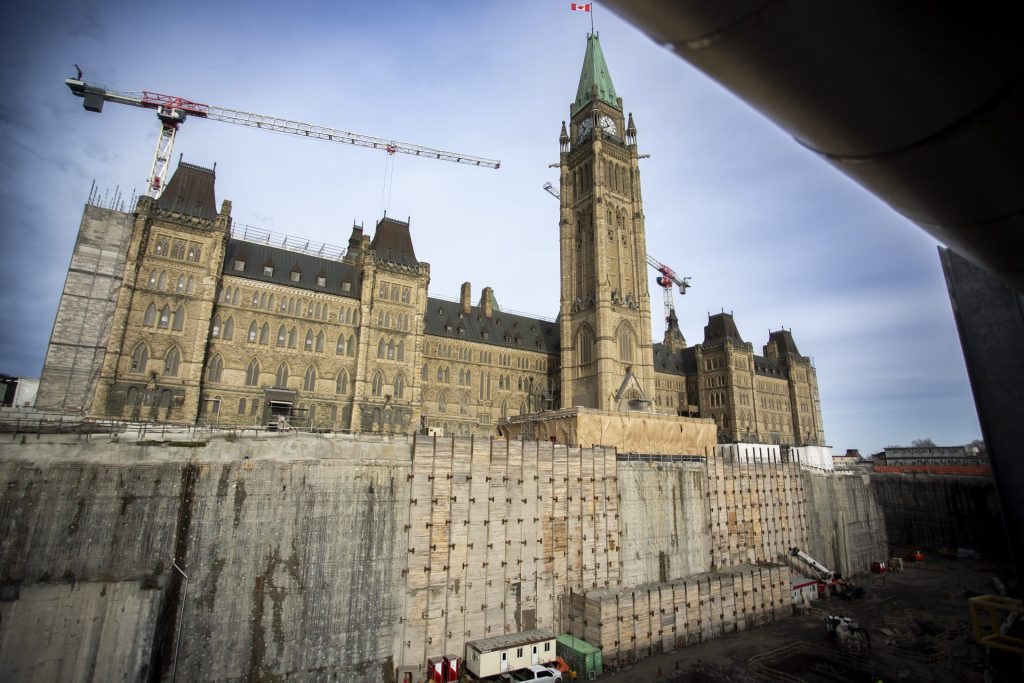
The minister also reiterated his commitment to cutting federal office space by 50 per cent by 2034, despite Hogan’s finding that the government is only on track to hit 33 per cent. The Liberal government announced the $1.1-billion plan to recycle its unused office space in the 2024 budget.
“I’m hoping we can move at a faster pace,” Lightbound said, adding that better data collection and incentivizing departments could help accelerate progress.
He also identified making federal procurement more accessible to small and medium-sized firms as a priority, citing firms who call the process burdensome and difficult to navigate. He said procurement should act as a “jumping board” for Canadian companies who’d like to boost their international credibility.
“When the Government of Canada buys your product, it’s an amazing business card around the world,” Lightbound said. “It’s often the first question that will be asked—does your own government buy from you?—and that’s not always been easy.”
The Hill Times






 LICENSING
LICENSING PODCAST
PODCAST ALERTS
ALERTS













